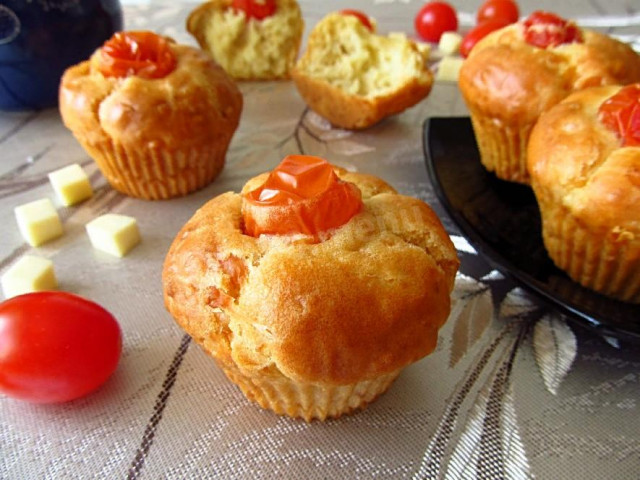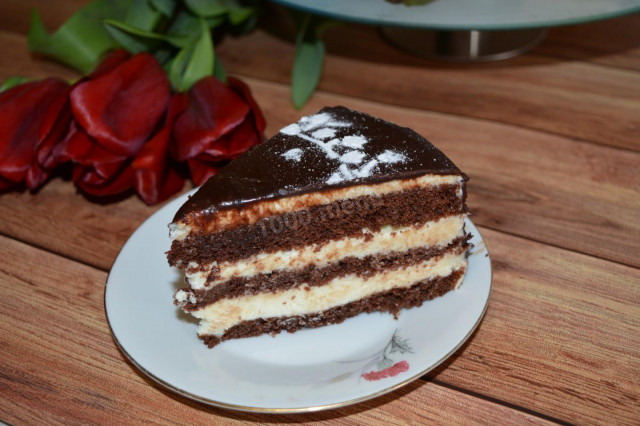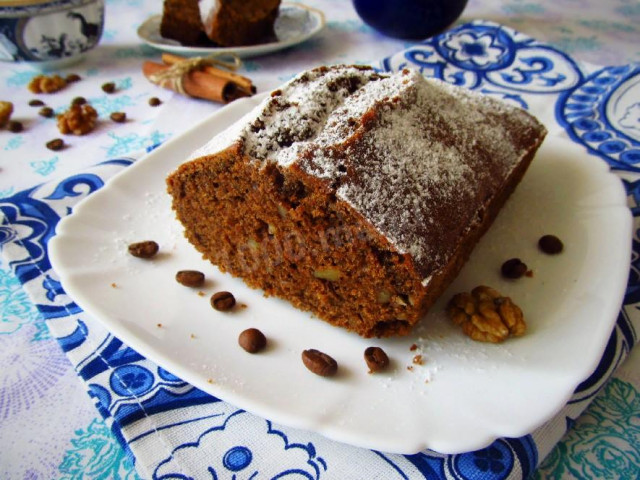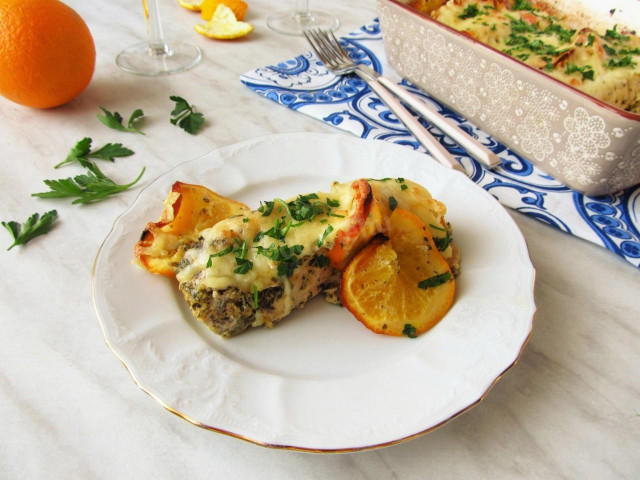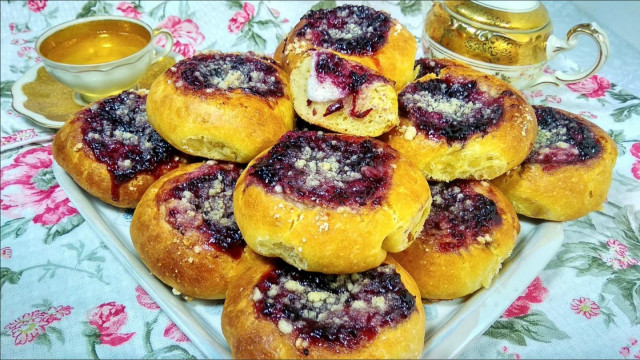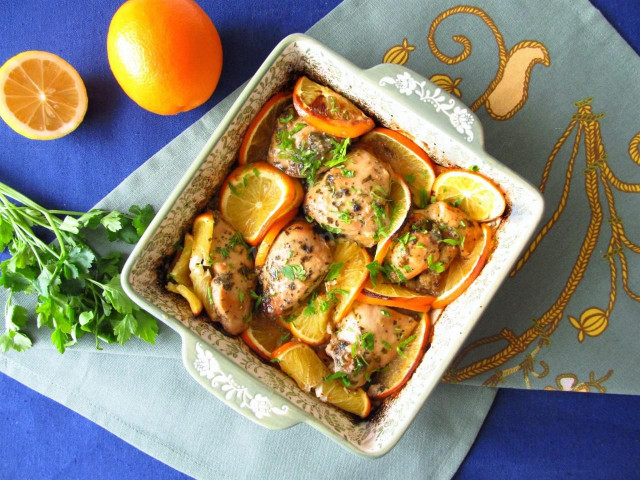Composition / ingredients
Step-by-step cooking
Step 1:
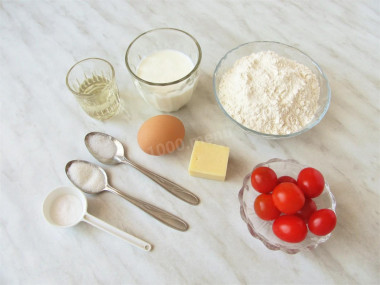
Ingredients.
Step 2:
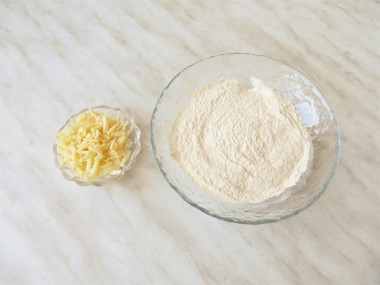
Cheese is crushed on a coarse grater. Separately mix the dry ingredients: sugar, salt, baking powder and flour.
Step 3:
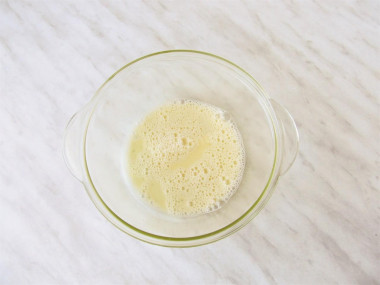
Beat the egg until smooth.
Step 4:
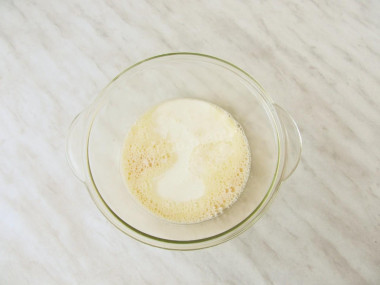
Mix with kefir.
Step 5:
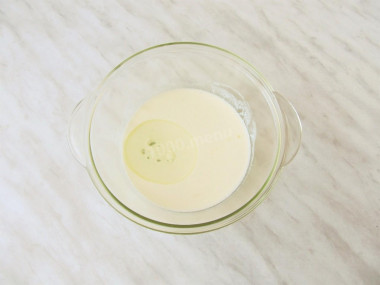
Add vegetable oil, mix.
Step 6:
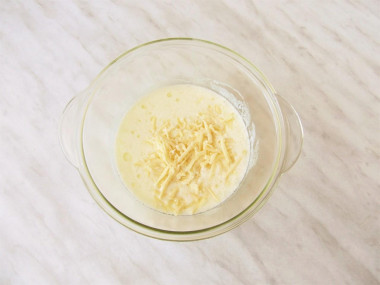
Add grated cheese, mix.
Step 7:
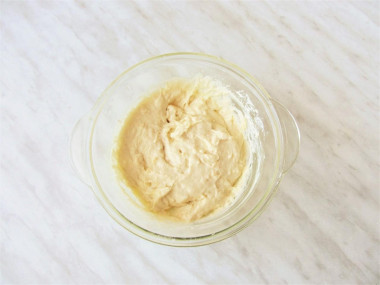
Pour in a mixture of dry ingredients. With light movements, we quickly knead a rather thick dough. For this baking, it is important not to knead the dough for a long time, otherwise the muffins will not turn out porous and airy.
Step 8:
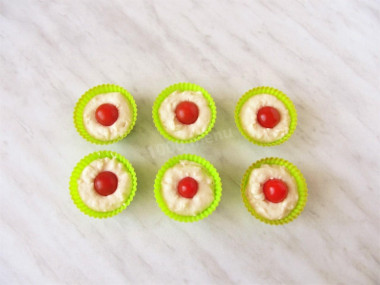
Lay out the dough in serving molds. Cherry tomatoes are washed, dried. We put a tomato in each mold, slightly deepening it into the dough.
Step 9:
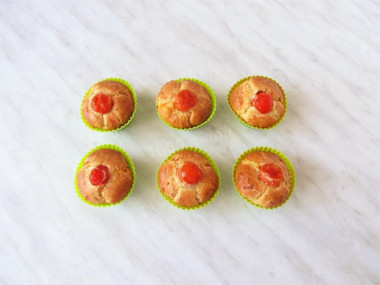
Bake muffins in preheated to 180 degrees. bake for about 25 minutes until golden brown. Cool slightly and serve. Enjoy your meal!
The history of the muffin is interesting. Because of the ability to bake them quickly and simply, they were simple and practical food and were conceived as a "breakfast bun". Initially, such "buns" were baked for workers and servants from scraps of dough left over from the master's table.
Muffins came to us from England. English pastries were more like a flat cake. Classic English muffins were baked in an oven or on special roasters without yeast dough molds. The name "Muffin" was used for baking only at the beginning of the 18th century. At the end of the 19th century, special muffin rings were invented, they made the edges of the cakes even. And at the same time, the first muffin recipes began to appear in cookbooks. American muffins are a "modern" form of English muffins, the recipes of which are used nowadays.
Now there are a great many muffin recipes. This pastry can be sweet and unsweetened. With various fillings: nuts, fruits, vegetables, chocolate, cheese, meat products, herbs, etc.
This pastry allows you to experiment, expand your imagination. Every time you can try something new, include different additives, use new recipes.
Snack muffins with cheese and cherry can be served for breakfast with tea or just for a snack, they can be an alternative to bread at lunch. They are most delicious when they are warm.
Caloric content of the products possible in the composition of the dish
- Chicken egg - 157 kcal/100g
- Egg white - 45 kcal/100g
- Egg powder - 542 kcal/100g
- Egg yolk - 352 kcal/100g
- Ostrich egg - 118 kcal/100g
- Dutch cheese - 352 kcal/100g
- Swiss cheese - 335 kcal/100g
- Russian cheese - 366 kcal/100g
- Kostroma cheese - 345 kcal/100g
- Yaroslavsky cheese - 361 kcal/100g
- Altai cheese 50% fat content - 356 kcal/100g
- Soviet cheese - 400 kcal/100g
- Cheese "steppe" - 362 kcal/100g
- Uglich cheese - 347 kcal/100g
- Poshekhonsky cheese - 350 kcal/100g
- Lambert cheese - 377 kcal/100g
- Appnzeller cheese with 50% fat content - 400 kcal/100g
- Chester cheese with 50% fat content - 363 kcal/100g
- Edamer cheese with 40% fat content - 340 kcal/100g
- Cheese with mushrooms of 50% fat content - 395 kcal/100g
- Emmental cheese with 45% fat content - 420 kcal/100g
- Gouda cheese with 45% fat content - 356 kcal/100g
- Aiadeus cheese - 364 kcal/100g
- Dom blanc cheese (semi-hard) - 360 kcal/100g
- Lo spalmino cheese - 61 kcal/100g
- Cheese "etorki" (sheep, hard) - 401 kcal/100g
- White cheese - 100 kcal/100g
- Fat yellow cheese - 260 kcal/100g
- Altai cheese - 355 kcal/100g
- Kaunas cheese - 355 kcal/100g
- Latvian cheese - 316 kcal/100g
- Limburger cheese - 327 kcal/100g
- Lithuanian cheese - 250 kcal/100g
- Lake cheese - 350 kcal/100g
- Gruyere cheese - 396 kcal/100g
- Granulated sugar - 398 kcal/100g
- Sugar - 398 kcal/100g
- Kefir fat - 62 kcal/100g
- Kefir of 1% fat content - 38 kcal/100g
- Low-fat kefir - 30 kcal/100g
- Kefir "doctor beefy" 1,8% fat content - 45 kcal/100g
- Kefir 2.5% fat content - 53 kcal/100g
- Vegetable oil - 873 kcal/100g
- Salt - 0 kcal/100g
- Wheat flour - 325 kcal/100g
- Baking powder - 79 kcal/100g
- Cherry tomatoes - 15 kcal/100g

